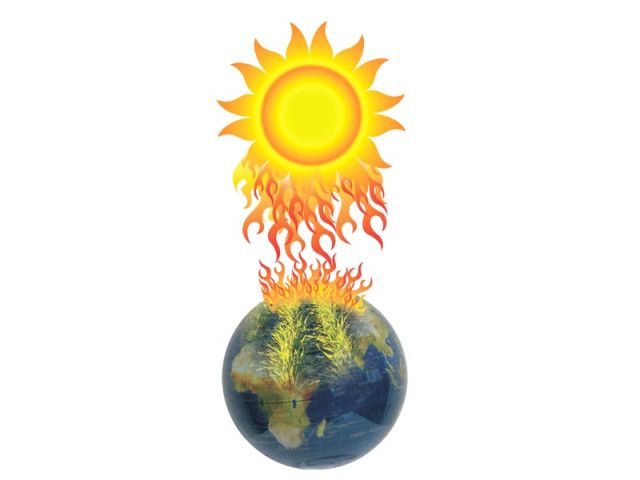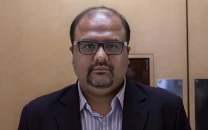Sustainable development: Environmental impact assessments essential
IUCN conference stresses need for holistic development planning.

During technical sessions spread over the two days, the conference participants discussed impact assessment in South Asia and methods to improve its effective implementation. PHOTO: FILE
The two-day South Asian Environmental Assessment Conference 2013 concluded on Thursday with experts agreeing that environmental impact assessment (EIA) and strategic environmental assessment (SEA) are essential tools for achieving sustainable development in the region.
The conference, which revolved around the theme of “Raising the bar for regional cooperation,” was jointly organised by the International Union for Conservation of Nature (IUCN) and the Government of Pakistan. It was attended by national and international experts and officials.
During technical sessions spread over the two days, the conference participants discussed impact assessment in South Asia and methods to improve its effective implementation. Public participation and role of media in driving impact assessment as well as ways the EIA and SEA can be used to combat climate change and reconcile trans-boundary water issues were also considered.
The SEA concept looks at introducing sustainable development and environmental aspects in the policy and planning phases as opposed to determining the environmental impact of individual projects in an EIA.
The conference came up with a declaration that emphasized engagement with the media and called for support from the participation of a broad range of stakeholders particularly those that are directly affected by projects that require EIA.
Experts said the SEA can be a tool for resolving trans-boundary water issues by allowing evidence-based, participatory discussions and joint research. They said a structured approach that uses SEA can also help combat climate change’s negative impacts.
On Wednesday, Vaqar Zakaria, a Pakistani environmental specialist, said the SEA can provide better understanding than the conventional EIA in some cases. As an example, the conventional EIA for the Indus Water Treaty has not taken Pakistan and India anywhere.
However, he said, an advanced SEA-based approach has helped map out the integrity of ecosystems, not just species, with water flows which stakeholders can use to settle upon a specific flow for the Kishenganga dam dispute, which is pending with the Permanent Court of Arbitration.
On the second day, in one session, journalists discussed ways the media can help to raise awareness about the need for environmental impact assessments and their value to the public’s well-being in terms of future health and economic benefits.
The conference was organised under the National Impact Assessment Programme, which was launched by the government and IUCN in 2009 with funding from the Dutch Embassy. The project is trying to contribute to sustainable development in Pakistan by strengthening EIA and introducing SEA in to Pakistan’s development planning process, according to IUCN.
Mahmood Akhtar Cheema, country representative of the IUCN, said Pakistan was early in introducing mandatory Environmental Impact Assessment at a national level.
“We hope that we shall also be the ones with the support of the government to help introduce the SEA at the policy level,” Cheema said.
He said the conference has provided participants from regional countries the opportunity to share experiences and learn from each other in the field.
Published in The Express Tribune, December 6th, 2013.

















COMMENTS
Comments are moderated and generally will be posted if they are on-topic and not abusive.
For more information, please see our Comments FAQ